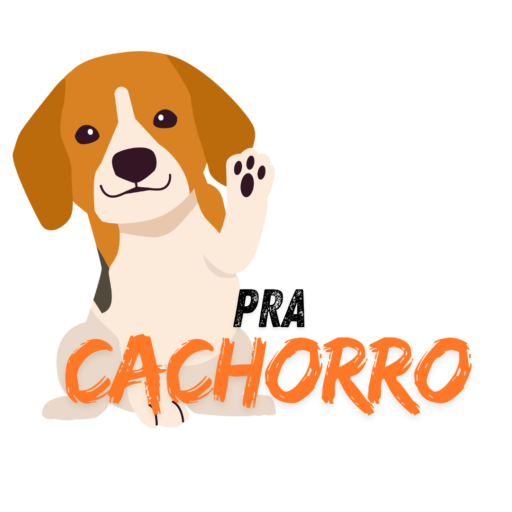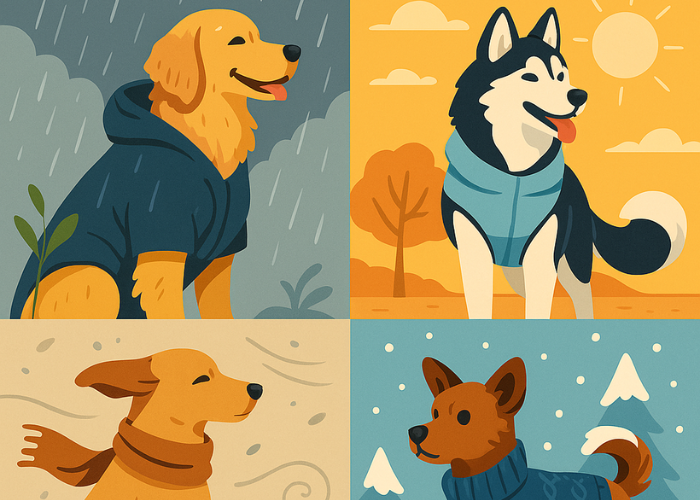Socialization is one of the most important stages in a dog’s development and plays a crucial role in shaping their behavior, emotional well-being, and ability to handle everyday life.
A well-socialized dog is more confident, less reactive, and better adapted to unfamiliar people, animals, and environments. In this guide, you’ll learn the benefits of socializing your dog, how to do it safely and effectively, and how to help your dog grow into a happy, well-balanced companion.
🧠 What Is Dog Socialization and Why Does It Matter?
Socialization is the process of gradually introducing your dog to a variety of experiences—including people, other animals, sights, sounds, and places—so they learn to respond in a calm and confident way. Proper socialization can:
- Reduce fear and anxiety
- Prevent aggressive or reactive behavior
- Build confidence and adaptability
- Improve your dog’s quality of life
- Strengthen your bond with your pet
🐶 Tip: The ideal window for puppy socialization is between 3 to 14 weeks of age, but adult dogs can also be socialized with patience and consistency.
🐕🦺 How to Socialize Your Dog With Other Dogs
Positive dog-to-dog interactions are essential—especially if you plan to take your dog to parks, pet-friendly places, or group training classes. Here’s how to make introductions smooth and safe:
✅ Step 1: Start Slowly
If your dog has little experience with other dogs, begin with controlled exposure from a distance. Allow your dog to observe another dog from afar and gradually reduce the distance as comfort grows.
⚠️ Watch body language: A wagging tail doesn’t always mean friendliness. Look for relaxed posture, soft eyes, and play bows. Avoid interactions if you see stiff body language, growling, or raised hackles.
✅ Step 2: Arrange Controlled Meetups
When your dog is ready, set up a face-to-face meeting in a neutral and controlled space like a fenced yard. Keep both dogs on leash, and let them sniff and interact briefly under supervision.
💡 Avoid forcing interactions. If one dog becomes overwhelmed or fearful, calmly separate them and try again another day.
✅ Step 3: Reward Friendly Behavior
Every time your dog interacts positively—calm sniffing, tail wagging, play initiation—reward them with treats, praise, or playtime. Reinforcing good behavior builds positive associations with other dogs.
🐾 Be patient. Some dogs, especially rescues or those with past trauma, may need more time to adjust to social interactions.
👨👩👧👦 How to Socialize Your Dog With People
Socializing your dog with a wide variety of people—including children, adults, seniors, and people in uniforms or with different appearances—helps prevent fear, barking, or aggression in social situations.
✅ Step 1: Start With Familiar People
Begin with friends and family your dog is comfortable with. Keep the atmosphere calm and let your dog approach at their own pace. Avoid sudden movements or loud noises.
🐶 Tip: If your dog backs away, crouches, or hides, don’t force the interaction. Give them space and time to feel safe.
✅ Step 2: Expose Your Dog to Different Types of People
Introduce your dog to a diverse range of people in safe environments—young kids, older adults, people wearing hats or carrying umbrellas, etc. The goal is to help your dog realize that humans come in all shapes and sizes.
🧒 Tip: Always supervise interactions with children. Teach kids how to respectfully approach dogs—no grabbing, loud noises, or sudden touches.
✅ Step 3: Reward Calm Behavior Around People
Each time your dog greets someone politely or remains calm in a social setting, offer verbal praise, treats, or a favorite toy. This positive reinforcement helps them associate people with good experiences.
📌 Don’t rush. If your dog seems nervous, take a break and try again later in a more relaxed setting.
🌍 Environmental Socialization: Exploring New Places
Beyond dogs and people, it’s important to expose your dog to different environments and experiences. This builds confidence and reduces anxiety in new situations.
Helpful Locations for Socialization:
- Quiet parks and busier dog parks
- City streets and neighborhood walks
- Pet stores or dog-friendly cafes
- Car rides and short outings
🚗 Start small. Begin with low-stress locations and slowly work up to busier environments. Allow your dog to explore at their pace and reward calm behavior throughout.
🎯 Benefits of Proper Dog Socialization
A well-socialized dog is happier, healthier, and easier to manage in everyday life. Some of the biggest benefits include:
💡 Key Advantages:
- Reduced fear and aggression
- Improved behavior and confidence
- Less reactivity to new situations
- Better adaptability to change (travel, guests, other pets)
- Stronger relationship with the owner
🐾 Lifelong socialization: Socialization isn’t just for puppies. Continue introducing new experiences and people throughout your dog’s life to keep them emotionally balanced.
✅ Final Thoughts: Socialization is the Key to a Well-Adjusted Dog
Whether you’re raising a puppy or working with an adult rescue, socialization should be a top priority in your dog’s upbringing. With time, patience, and the right approach, your dog can learn to handle the world with confidence and curiosity.
Start small, progress at your dog’s pace, and always reward positive behavior. In doing so, you’ll not only prevent behavior problems but also create a more joyful, trusting, and connected relationship with your furry friend.
🐶 FAQ – Frequently Asked Questions About Dog Socialization
1. What is the best age to socialize a dog?
The critical period for puppy socialization is between 3 and 14 weeks of age, but dogs of any age can benefit from socialization when done gradually and positively.
2. How do I know if my dog is ready to meet other dogs?
Look for relaxed body language: ears up, tail wagging gently, and interest in the other dog. If your dog is growling, hiding, or acting stiff, it’s best to wait and try later.
3. What if my dog is aggressive toward other dogs?
Aggression requires professional help. Work with a certified dog trainer or behaviorist to create a desensitization plan. Never force your dog into interactions.
4. Can shy or fearful dogs be socialized?
Yes, but at a slower pace. Focus on positive reinforcement, start in quiet environments, and gradually increase exposure as your dog gains confidence.
5. How can I safely socialize my dog with young children?
Always supervise interactions. Teach children to approach calmly, avoid sudden movements, and respect your dog’s space. Reward your dog for staying calm and relaxed.



